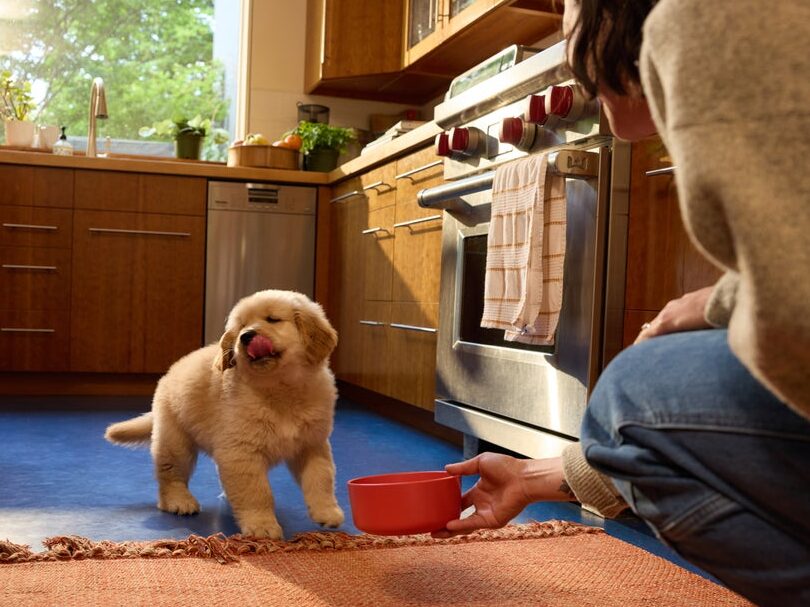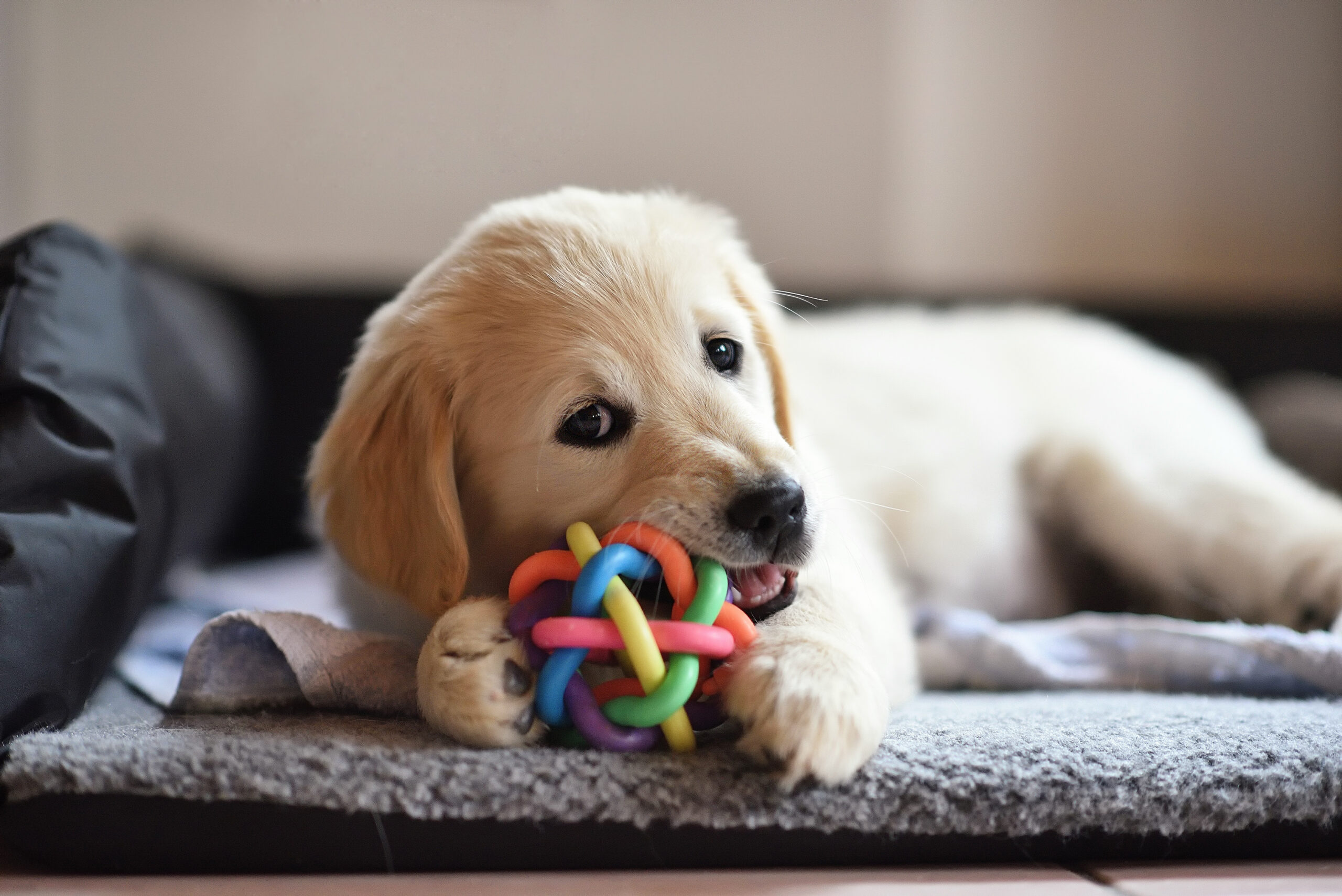Hey Ollie blog readers! We’re offering you an exclusive 60% OFF your starter box! Try now!
Every pet parent knows the sound well—that high-pitched whimper that means…wait, what does it mean?! Pups whine for different reasons (and in different ways) so it can be hard to decipher exactly what they’re trying to tell you. We spoke to Scott Sheaffer, CDBC, CPDT-KA, a dog behavior specialist and founder of USA Dog Behavior, about the main explanations for why your dog whines and how to translate it:
When your pup wants your attention
“Whining is one of the major attention-seeking behaviors," says Shearer, "so if your dog is staring at you and whining consistently there’s a good chance they’re demanding your affection." To correct this annoying behavior, handle it the same way you would with jumping: “When your dog whines, don’t look, touch, or talk to them,” says Sheaffer. “Even shushing them is a form of negative attention that can reinforce the unwanted behavior, so just completely ignore them. To reinforce behavior you do want, give your dog attention when he’s not whining.”
When your pup is excited or distressed
If your dog gets worked up—whether it’s in a positive or a negative way—they might start whining. “Eustress arousal (or positive stress) can occur when you do something exciting like feed or get ready to take your pup for a walk," says Sheaffer. "In this case, stand calmly and quietly without saying anything while the dog comes to you.” Once the dog is reasonably calm, then put on the leash or give food. Distress arousal can trigger whining when your dog is feeling uneasy, like when they’re headed to the vet’s office. Never punish a dog for being distressed and don’t try to calm them either—it will reinforce the behavior. “If you want to teach the dog not to be as fearful of the trigger, reward calm and ignore reactivity," advises Sheaffer.
When your pup is in pain
“Dogs are extremely stoic when they’re in pain because it’s a sign of weakness in the animal kingdom," explains Sheaffer. By the time they start to whine it probably means the pain is serious. How can you tell if they’re hurting? "They won’t be jumping around in excitement or looking for attention. Typically they’ll be by themselves, not looking at you, and vocalizing or making a range of sounds and noises, a whining sound is the most common." If you suspect this is the case, immediately take your pup to the vet to get them checked out.
The Ollie blog is devoted to helping pet parents lead healthier lives with their pups. If you want to learn more about our fresh, human-grade food, check out MyOllie.com.
Tagged As:

The nutrition your dog needs,
the food they want.

Enjoying our articles? Subscribe our Newsletters and get new articles directly to your inbox
You might also like
13 May 2025
8 MINS READ
Puppy Training Guide & Behavior Timeline
Bringing home a puppy is pure magic. It’s also pure chaos—tiny teeth, zoomies, accidents in the house, and moments that make you wonder if you’re raising a future genius or a tiny tornado. …
by Ollie Pets
10 May 2025
12 MINS READ
New Puppy Checklist: Guide To Prepare For A New Dog
Bringing home a new puppy? This checklist covers everything new dog owners need—from essential supplies to training, feeding, and first vet visits.
by Ollie Pets
3 April 2025
9 MINS READ
Home Remedies for Fleas on Dogs: 10 Natural Ways That Actually Work
Wondering what kills fleas on dogs instantly and naturally? If your pup is scratching like crazy, it may be time to take action. In this guide, we’ll show you the most effective home remedies for…







